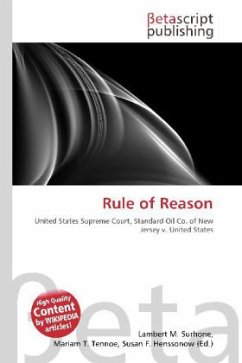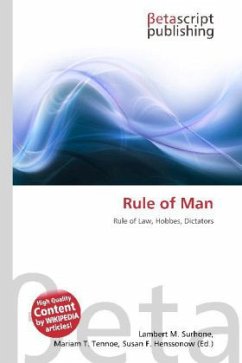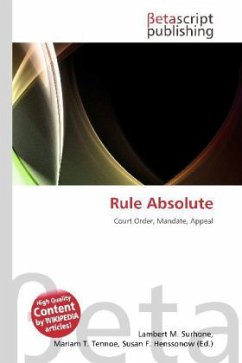Please note that the content of this book primarily consists of articles available from Wikipedia or other free sources online. The rule of four is a Supreme Court of the United States practice that permits four of the nine justices to grant a writ of certiorari. This is done specifically to prevent a majority of the court from controlling all the cases it agrees to hear. The rule of four is not required by the Constitution, any law, or even the Supreme Court''s own published rules. Rather, it is a custom that has been observed since the Court was given discretion over which appeals to hear by the Judiciary Act of 1891 and Judiciary Act of 1925. The Judiciary Act of 1891 (26 Stat. 826), also known as the Evarts Act after its primary sponsor, Senator William M. Evarts, created the United States courts of appeals, and reassigned the jurisdiction of most routine appeals from the district and circuit courts to these appellate courts. Because of this, it is also called the Circuit Courts of Appeals Act.
Bitte wählen Sie Ihr Anliegen aus.
Rechnungen
Retourenschein anfordern
Bestellstatus
Storno








